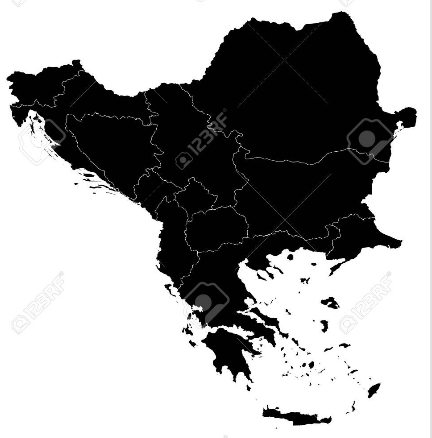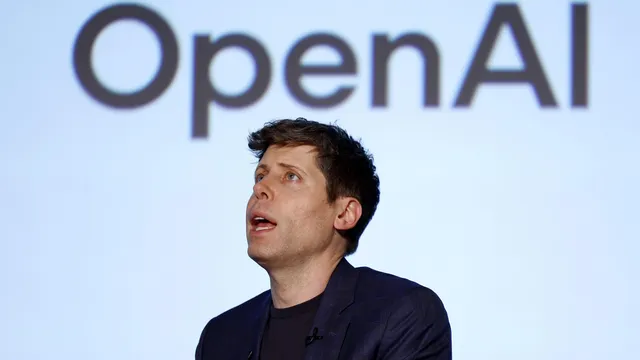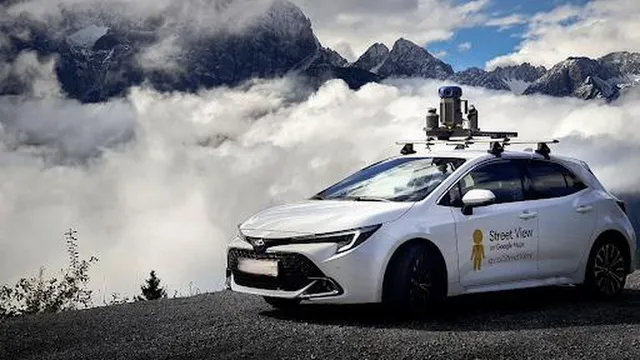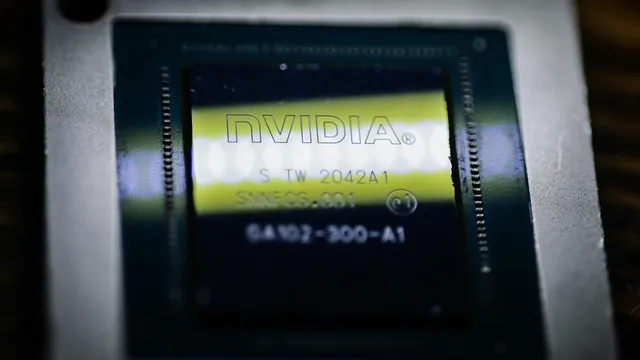North Korean leader Kim Jong Un personally attended a test of a solid-fuel engine for long-range nuclear missiles — another key step in the weapons programme that Western powers have failed to halt, state news agency KCNA reported. This was the ninth and final test of the engine, which Pyongyang says means a full test flight of a new intercontinental ballistic missile could take place in the coming months.
Kim watched the “important test” through binoculars, the released photos show. Another image documents a red horizontal flame from the test. According to KCNA, it was a “ground rocket test of a high-thrust solid-fuel engine made from composite carbon fibres,” and it constitutes “the final stage in the development process.”
The agency quoted Kim as saying the new rocket engine “heralds a significant change in the expansion and strengthening of the country’s nuclear strategic forces.” Just a week earlier North Korea unveiled its new “Hwasong-20” missile, touted as a next-generation ICBM.
“The test means production of a solid-fuel engine for the new intercontinental missile,” commented Yang Mu-jin, former rector of the University for North Korean Studies in Seoul. He said the fact it was described as “final” suggests a trial flight may be likely this year.
North Korea has become a key ally of Russia since its invasion of Ukraine three and a half years ago, sending troops and weapons in support of the Kremlin. Analysts say that in return the country receives Russian technical assistance for its banned missile and satellite programmes, accelerating its progress. “With Russian assistance, North Korean missiles may now be judged not as ‘crude’ but as ‘finished,’” Yang added.
The test was carried out days after Kim returned from a visit to Beijing for the military parade marking Japan’s surrender in World War II, where he stood alongside Xi Jinping and Vladimir Putin.
North Korea has for years tested missiles with ranges capable of reaching the continental United States. The new solid-fuel variants are easier to mobilise, conceal and launch quickly compared with liquid-fuel types.
“Using carbon fibres makes the rockets lighter and more resistant to high temperatures, which increases their range,” explained Hong Min of the Korean Institute for National Unification.
Authorities in Pyongyang have repeatedly stated this year that they will not abandon nuclear weapons, calling South Korean president Lee Jae-myung a “hypocrite” over his calls for a “path to nuclear disarmament.” “North Korea will not change its position of refusing to give up nuclear weapons — the prestige and honour of the state,” Pyongyang said in August. | BGNES

 Breaking news
Breaking news
 Europe
Europe
 Bulgaria
Bulgaria







